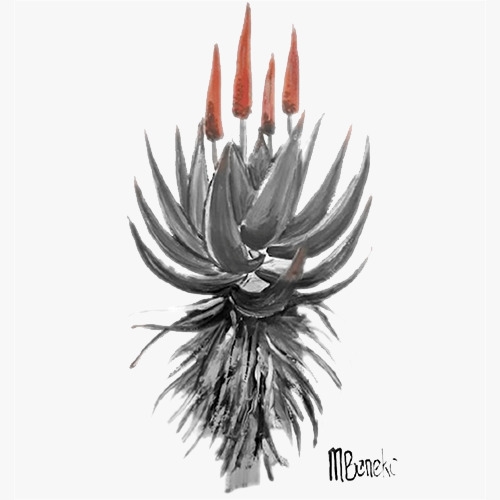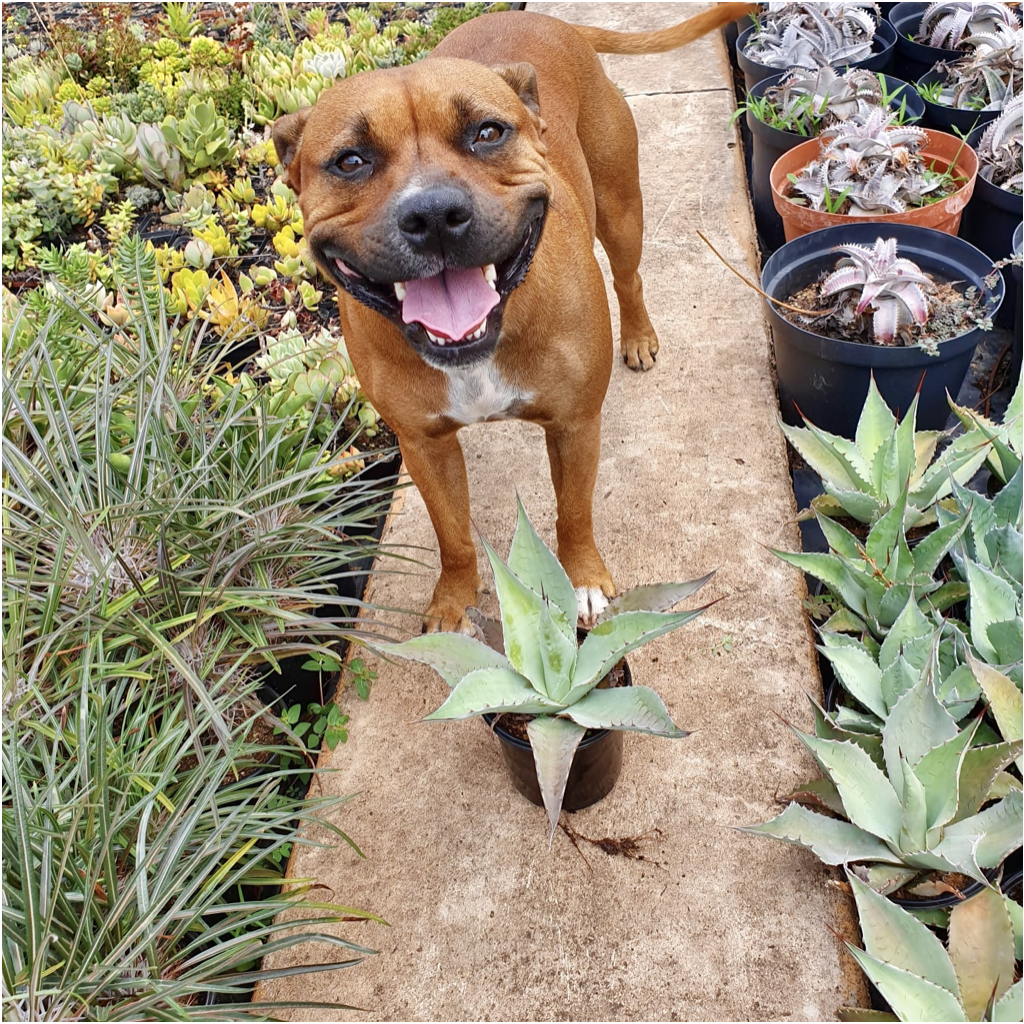Ornithogalum juncifolium
Ornithogalum juncifolium – Grass-Leaved Chicherinchee
Ornithogalum juncifolium, commonly known as the Rush-leaved Star-of-Bethlehem, is a charming species from the family Asparagaceae that offers an elegant appearance and relatively easy care. This perennial plant is native to the Mediterranean region, particularly found in parts of Turkey, Israel, and surrounding areas, where it grows in rocky, well-drained soils.
Common Characteristics:
- Foliage: One of the most striking features of Ornithogalum juncifolium is its long, slender, rush-like leaves. These leaves are narrow and grass-like, growing in dense clusters at the base of the plant. The green foliage forms an attractive rosette, giving the plant a delicate and airy appearance.
- Flowers: In spring, Ornithogalum juncifolium produces clusters of star-shaped flowers. These flowers are usually white with greenish veins, creating a beautiful contrast with the dark green leaves. The blooms appear on tall, slender stems and are often highly fragrant, making them a delightful addition to any garden or indoor plant collection.
- Size and Growth: The plant typically reaches a height of around 12–18 inches (30–45 cm) and forms a compact, mound-like shape. Its long, grassy leaves and upright flower stalks make it an excellent ornamental plant for containers, garden borders, or as part of a rock garden.
Native Habitat:
Ornithogalum juncifolium is native to parts of the Mediterranean, particularly Turkey and Israel. It thrives in well-drained, rocky soils, often growing in dry, sunny environments. The species is adapted to handle periods of drought and prefers areas with good air circulation and exposure to full sunlight.
Care Instructions:
- Light: This species thrives in full sun to partial shade. It requires at least 4–6 hours of sunlight per day to flower successfully. A sunny spot in the garden or a well-lit indoor location is ideal for growing Ornithogalum juncifolium.
- Watering: While the plant is drought-tolerant once established, it benefits from regular watering during its active growing period in spring and early summer. However, it’s important to allow the soil to dry out between waterings, as the plant is prone to root rot in waterlogged conditions. During the dormant winter months, reduce watering significantly.
- Soil: Ornithogalum juncifolium prefers well-drained, sandy or loamy soil with a neutral to slightly acidic pH. Adding perlite or coarse sand to the soil can improve drainage. If growing indoors, a cactus or succulent soil mix is a good option.
- Temperature: The plant thrives in moderate to warm temperatures, typically between 60°F and 75°F (15°C to 24°C). It can tolerate cooler temperatures during its dormant phase, but frost should be avoided. In areas with harsh winters, it’s best to grow the plant indoors or bring it inside during the cold months.
- Fertilization: Fertilize sparingly during the growing season using a balanced liquid fertilizer. Too much fertilizer can encourage lush foliage growth at the expense of flowering. It’s best to fertilize once a month during spring and early summer and stop feeding during the dormant winter months.
Unique and Special Feature:
Ornithogalum juncifolium is special not only because of its graceful appearance and fragrant flowers but also for its ability to thrive in dry, sunny conditions. This makes it a fantastic option for xeriscaping (landscaping with drought-tolerant plants) and for gardeners in arid regions. Its elegant star-shaped flowers add a touch of grace to any garden, and the plant’s hardiness in poor soil conditions makes it a resilient and low-maintenance choice for plant enthusiasts.

